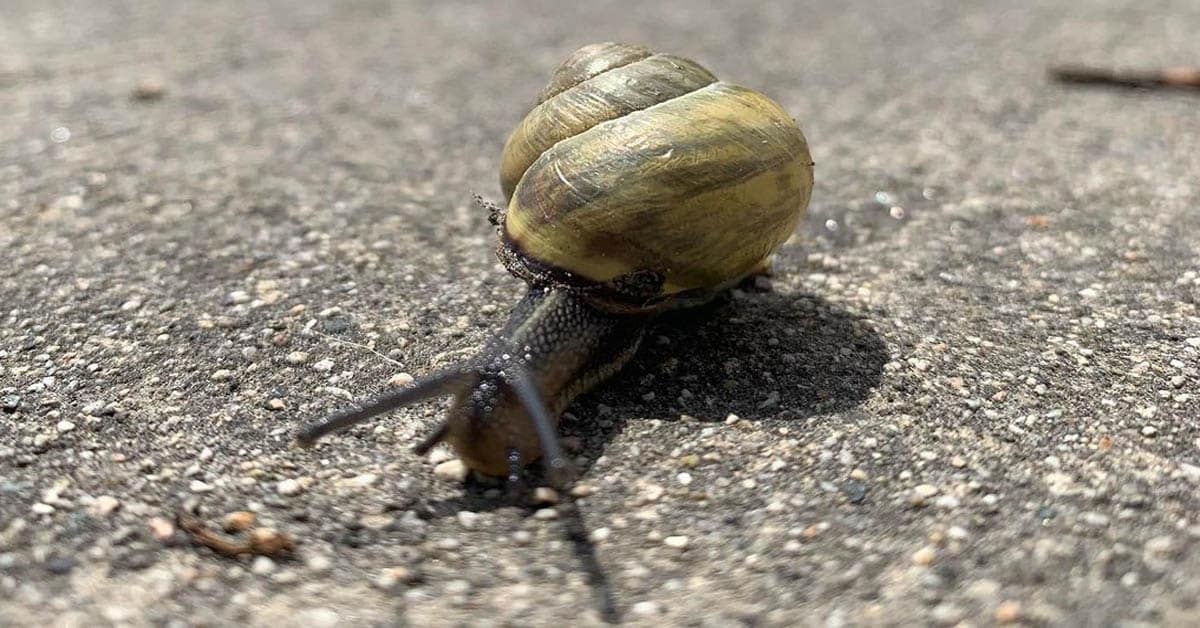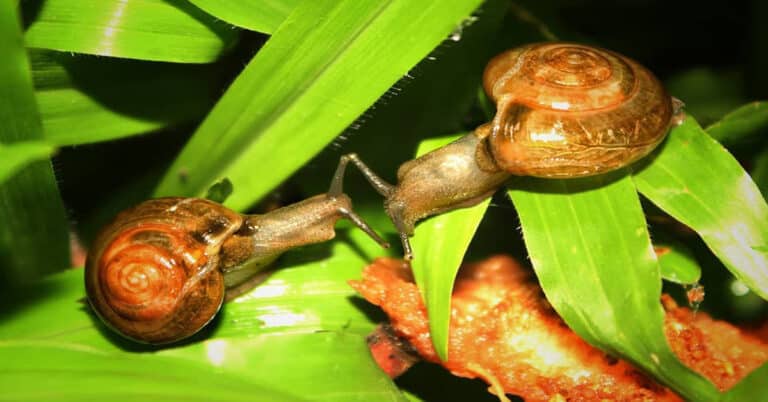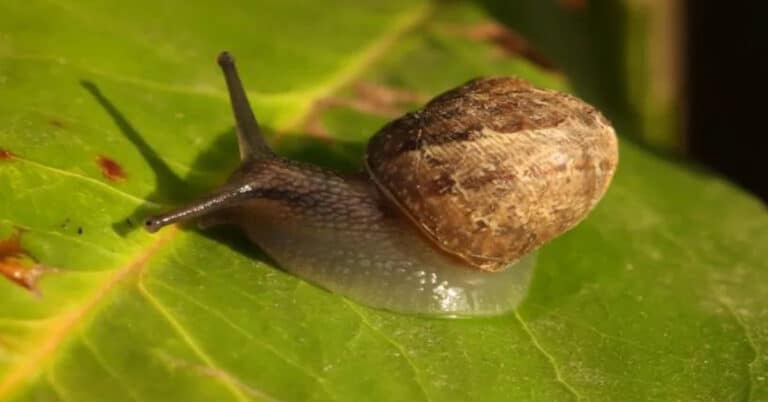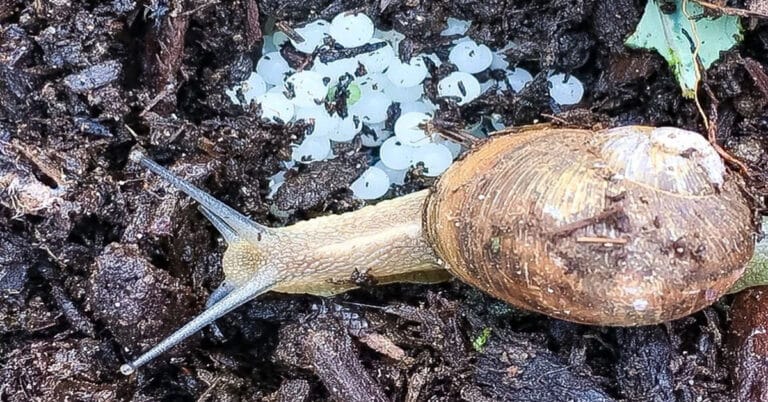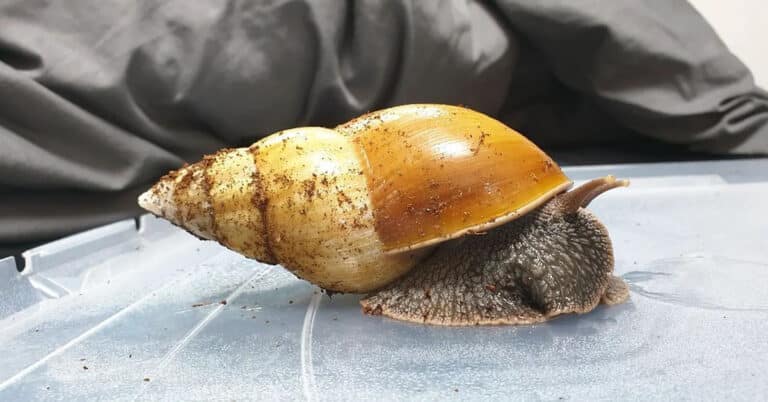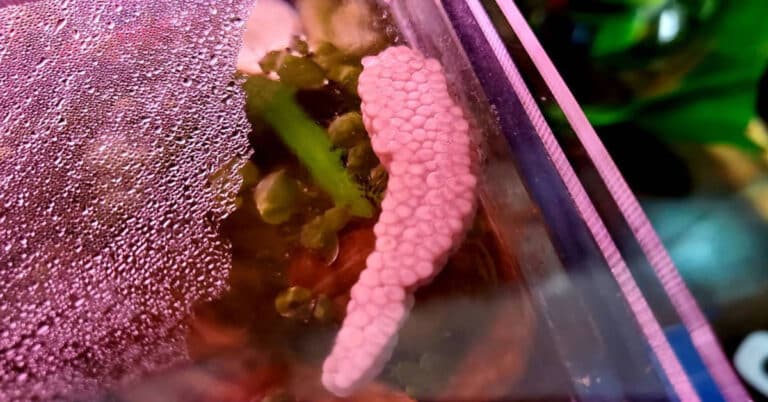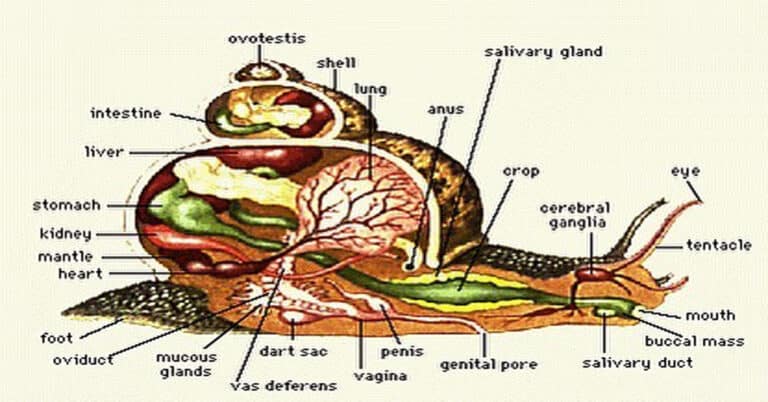What Do Snails Eat?
Snails are versatile animals and one of the rare species that have adapted to the majority of ecosystems on Earth. These mollusks can be found on all continents except Antarctica. While certain snail species, such as freshwater snails, inhabit coastal areas, many others are found on land in various habitats, such as deserts, mountains, and forests.
Since you came across this article, you must be wondering what do snails eat. As it turns out, snails have pretty interesting eating habits, which will be explored and discussed below.
Briefly About Snails
With over 43,000 species now recognized and more being found every day, snails are an intriguing and surprisingly varied collection of creatures.
You may have observed snails wandering gently across your road or through your yard. Snails frequently hang around in gardens and backyards in the summer since they tend to enjoy warm, humid areas. Those little creatures, though, are surprising year-round residents.
Although snails may appear to vanish during the winter, some species actually hibernate in cold weather.
What Do Snails Eat?
So, the main question remains: what do snails eat? Generally, eating habits and diets are dependent on their living environment, habitat, and species.
In order to maintain their hard shell, snails must consume meals rich in calcium. They employ their keen sense of smell to find food. Due to their nocturnal nature, they search for food at night or in the very early morning. If winter is approaching, they eat more than normal, so they may build up fat stores to eat when they hibernate.
Once the weather warms up, typically in spring and summer when food supplies are scarce, they may also intentionally induce eructation in their bodies. They are able to endure severe drought because of this technique.
What Do Snails Eat On Land?
Snails of many kinds, including those that live in gardens, eat plants. They eat vegetation such as fresh leaves, lettuce, berries, mushrooms, and even stems and tree bark.
Detritivores are animals that feed on rotting materials, and certain snails fall under this category. Some snail species may look for decomposing organic waste in the garden, just like many other invertebrate species. Dead plants, dead animals, and other organic materials are all favorites of some snail species. They can also consume soil-borne trash or solid waste.
In contrast, carnivorous snails exist. The size and capabilities of its prey will determine if a carnivorous snail attacks it. Carnivorous snails can be found on the land and in the water. Some snail species, such as Haplotrema concave, have cannibalistic behavior and can consume smaller-sized snails. Slugs and earthworms are among the other gastropods that they enjoy.
Snail species such as the Powelliphanta family, located in New Zealand, consume other gastropod mollusks like slugs and earthworms in addition to other terrestrial creatures. These are examples of carnivorous snails that consume several kinds of tiny animals.
So, to conclude, what do snails eat on land includes the following:
- Leaves
- Grains
- Stems
- Fruit
- Bark
- Fungi
- Vegetables
- Grass
- Mushroom
- Algae
- Slugs
- Earthworms
- Other Snails
What Do Snails Eat In Water?
One of the major categories of snails, known as freshwater snails, inhabits lakes, rivers, and other bodies of water. Freshwater snails comprise over 5,000 species, most of which belong to the Prosobranchia or Pulmonata subclasses.
The majority of freshwater snail species are predominantly herbivorous, including Pomacea maculata (commonly known as apple snails). However, some are also detritivores and will scavenge for dead plant and animal materials.
Aquatic snails also consume plant life. Aquatic snails frequently consume floating or submerged plants in ponds, including Azolla, water lettuce, and duckweed. Similar to this, sea snails eat vegetation like seaweed for food. Most aquatic snails will consume algae that are found on the rocks and logs underneath the water.
Here is the list of what do snails eat in water:
- Bacteria
- Algae
- Decaying plant matter
- Decaying organisms
- Aquatic vegetation
- Other snails
What Do Garden Snails Eat?
The third major group of snails is the garden snail. Now, let’s discuss what do snails eat in the garden. The shells of adult garden snails are around 1.5 in. in diameter. The shell’s color can range from light to dark brown, and it typically has yellow streaks all around it.
They have the slimy, squishy, and grayish-brown coloring that snails are known for. The shell can completely enclose the body. To protect itself from predators or harsh weather, the snail will occasionally produce a film of mucus over the aperture of its shell.
In addition to eating vegetables, flowers, and leaves, garden snails also occasionally devour other snails and other dead animals. They are regarded as vegetarian scavengers. The species takes pleasure in most garden plants and will swiftly destroy a wide range of plants.
What do snails eat in the garden include:
Strangely, snails may collect and detoxify toxic metals. Those metals get processed and are put into the snail’s shell. Researchers can use snail shell samples to ascertain whether heavy metals are prevalent in a certain area.
Although they don’t need to drink water, garden snails need a humid atmosphere to nourish their slimy bodies. The humidity level must be higher than 65% for the snails to be happy. If this does not happen, they will, in most cases, hide in the shell.
How Do Snails Eat?
We explored what snails eat above, but it is also interesting to discuss how they eat their food. Snails are quite adaptable eaters. All snails have a tiny mouth hole in the bottom part of their head. However, it can be difficult to spot from a distance of several feet.
A radula, a tongue-like organ, is found in a snail’s mouth, albeit rarely wider than a few millimeters. The texture of a snail’s radula is distinctive. Each one has tens of thousands of microscopic ridges that serve as teeth. Those microscopic teeth are tiny and, to function properly, are like coarse sandpaper.
Once the snail spots its food, it scrapes the radula on the food and consumes it this way. The radula helps shred and scrape nutrients off the meal just like a nail file. The food fragments then travel through the snail’s mouth and esophagus before entering its gut to be digested.
The ridges on the radula are sharp enough to pierce the hard shells of other marine organisms, such as clams, mollusks, scallops, and oysters, but they ultimately wear out and need to be rebuilt. Particularly those that consume the tough shells of marine organisms tend to wear down their radula more quickly than herbivorous snails.
What Eats Snail?
We already know that plants and vegetation are what do snails eat. However, creatures and animals that prey on snails can be equally intriguing to explore. Even though snails may eat a variety of things, bigger predators can still use them as prey. These organisms are prone to be eaten by other hungry creatures since they move slowly and lack the most fundamental defensive abilities.
Birds, reptiles, mice, rats, cats, squirrels, dogs, and other mammals most frequently eat snails as food. But humans are one of the biggest predators of snails. Millions of snails are consumed annually by residents of European and American nations, despite the fact that most of these snails are farm-raised rather than wild-caught.
Garden snails may be eaten, and in many cuisines, they are considered to be delicacies. A French snail dish that has gained popularity worldwide is escargot. Usually, after being cooked in butter, wine, and stock, the delicacy is consumed and placed back in the shells. Snails are made in many different ways in various cultures.
In addition, snails are also farmed and caught because of their medical benefits. Studies on the usage of snails in medicine and cosmetics are ongoing. Many skin care treatments contain snail secretions, which provide antioxidants for skin regeneration.
Snails As Pests
Large numbers of snails can soon become a severe issue in gardens or, worse, in farms that grow crops. They’ll devour enough to sabotage the crop. For example, the Giant African Snail has no qualms about devouring commercially significant plant species. What do snails eat includes cucumber, cacao, beans, papaya, cauliflower, squash, and several grains.
This makes it difficult for farmers and crop owners to manage their harvests. This species causes significant economic losses and is considered invasive in several nations.
Even though you may have never seen a snail consume food, it has a voracious appetite. In many regions, these eating patterns actually pose a serious concern for people. You might unknowingly be killing a lot of snails if you use herbicides and pesticides on your crops.
Some people who have farms or gardens try to capture the snails instead of killing them. Those collected snails are either sold or released in a new setting. Gardeners typically capture snails by putting a glass of beer in the field.
Bottom Line – What Do Snails Eat?
We’ve explored what do snails eat and the diet and food preferences of those little creatures. Typically, snails eat vegetation and plants, and most of what snails eat are leaves, foliage, flowers, bark, stems, branches, grass, vegetables, grains, fruit, and many others. However, some species can be carnivorous and even consume other smaller-size snails.

Nato is a content writer and researcher with a background in psychology who’s eager to explore the wonders of nature. As a travel enthusiast and animal lover, she hopes to inspire others to discover and cherish the beauty and importance of the natural world.

